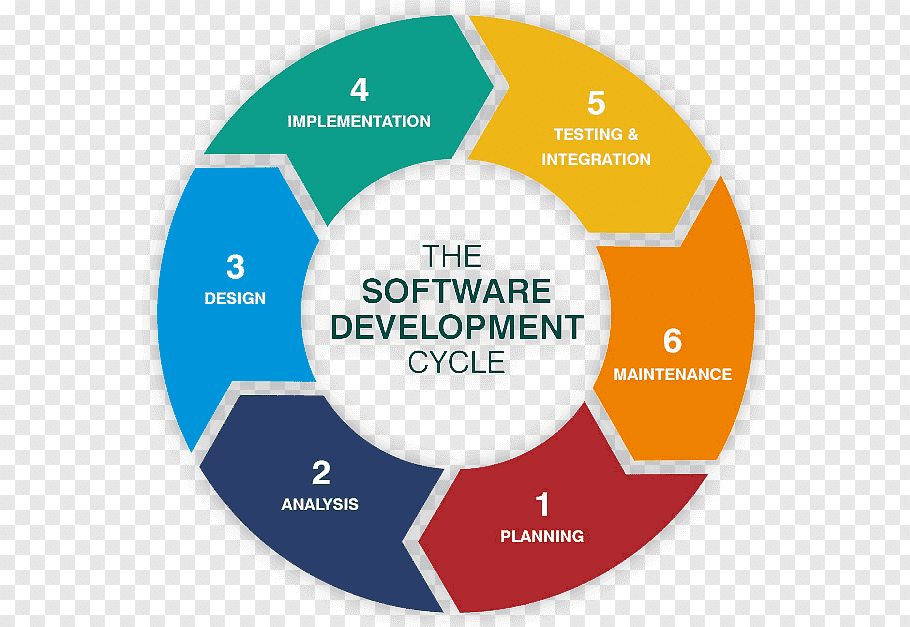Developing Software Using the Software Development Life Cycle
 The complete software development process, or Software Development Life Cycle, is the process of creating or changing software systems and the methodologies that are used to achieve the changes. In the world of software engineering, SDLC underlines various types of development methodologies. These methodologies combine together to form a skeleton of planning, control and execution, which is globally known as SDLC.
The complete software development process, or Software Development Life Cycle, is the process of creating or changing software systems and the methodologies that are used to achieve the changes. In the world of software engineering, SDLC underlines various types of development methodologies. These methodologies combine together to form a skeleton of planning, control and execution, which is globally known as SDLC.
The Software Development Life Cycle
Software Requirement Analysis
In Software Requirement Analysis, also known as feasibility study, the development team visits the client site and studies the specific requirements of the business. After completion of the analysis, a document is made with specific suggestions for the existing client system. It is comprised of personnel assignments, project schedules, costs, targets, dates, etc. This phase is very important in software life cycle development and helps to identify the core problems and proposed solutions.
Designing
Software development life cycle research, which is carried out to access the client’s need, is passed on to the research & development wing (R&D) to frame a cost-effective system that can meet the customer’s requirements in a more efficient manner than the existing system. Once this conceptual system in the software development life cycle program is developed and tested, the team that is in charge of development takes control of the entire development and deployment. During the developmental phase, a software company often outsources associated activities to companies who have specialized knowledge and experience, which in turn accelerates the development process.
Code Generation
Software development life cycle’s core function is code designing. After the development team has worked on developing the solutions, the code needs to be generated so that it is machine-readable. Various programming tools like interpreters, compilers, and debuggers all help to form the code. There are endless high-level programming languages such as Java, C, C++, and Pascal which are used for coding. As per the requirement of the software development life cycle, appropriate languages are chosen.
Testing
Once the desired code is generated, the software development life cycle program testing begins. Different methodologies for testing exist to identify the bugs. Load testing, regression testing and user acceptance testing all feed into the improvement life cycle. Many companies develop their own customized testing tools for their development operations.
Maintenance
The entire software development life cycle process is subject to various changes after being delivered to the customer. These changes might happen due to some unexpected requirements or definitions that need to be placed into the system. Such changes can have a marked effect on core functionality. Project managers need to accommodate the possibility of future changes that could be required in the post-implementation period. The goal of development is always functionality and scalability. Maintenance is made much simpler by a building block approach to the software development life cycle. Flexibility of systems enables adaptation during maintenance and the predictability of the application will be directly related to the independence of different components of the software. Inter-dependence leads to rigidity and in the end an obsolete system.

